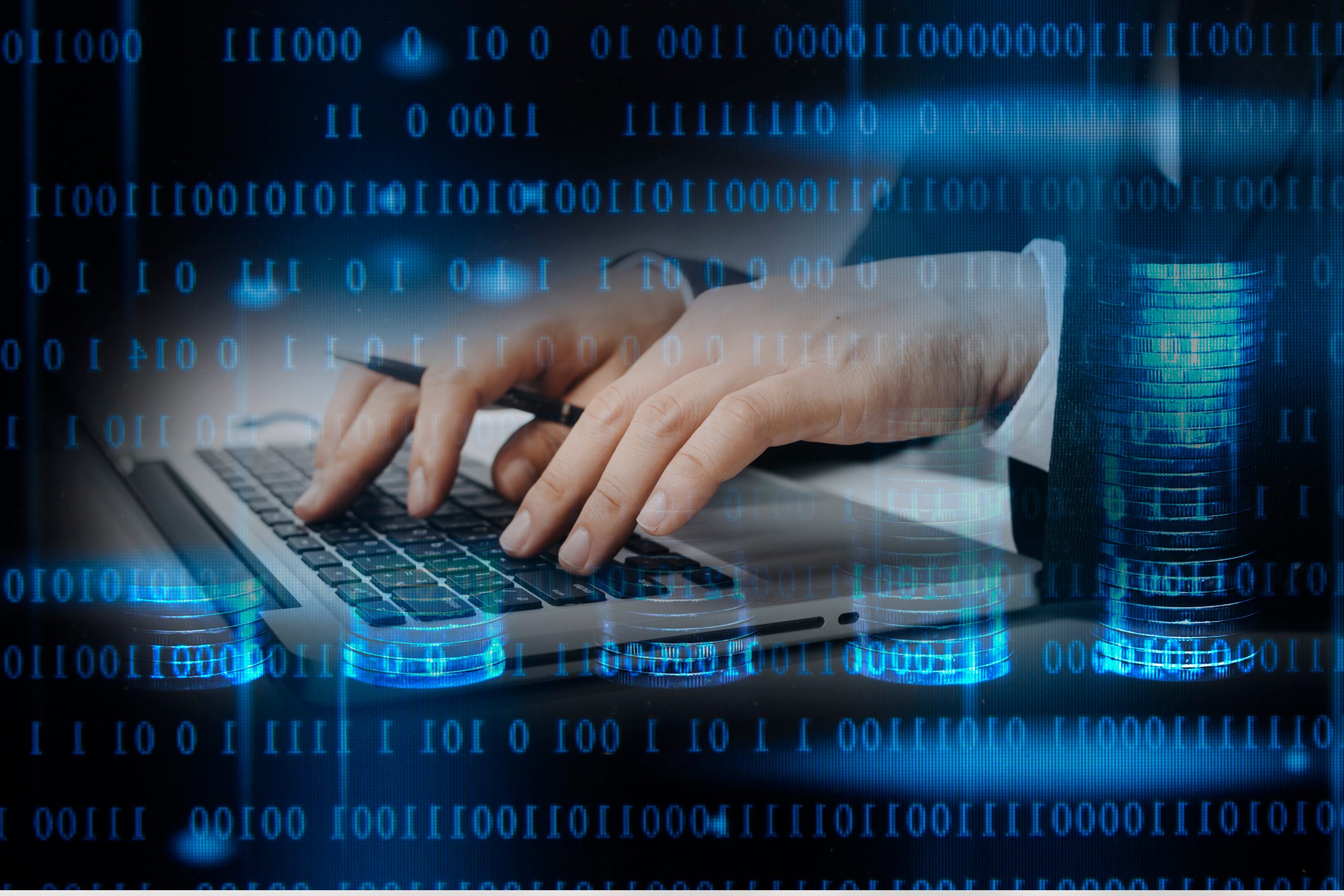How confident are you that your data backups are complete and up to date? How confident are you that you’ll be able to recover from a variety of situations that could affect your data like fire, theft, or critical file erasure? Combine these factors with the COVID-19 pandemic accelerating the transition to virtual offices and you may need to consider if your system is properly backing up current copies of all the work being done remotely.
Unfortunately, most likely they aren’t, so now is a good opportunity to evaluate your data backup plan and consider utilizing the most up-to-date solutions. New technology is not only able to restore individual files and past versions of your network but can also back up remote user data and launch virtual servers in the cloud as part of your company’s disaster recovery plan efforts.
Your data is at risk if you exclusively rely on physical media like single network-attached storage (NAS) disks, flash drives, and more. These backup types often require physical storage in a secure location and much more, depending on internal procedures. Additionally, manual backup procedures are rarely followed consistently meaning your data can easily become out of date.
Consider adding a modern backup solution to benefit from the advantages of a fully automated system with real-time security. When utilizing modern backup solutions like cloud providers, the basic rules still apply:
- Keep at least three copies of data (original production data and two backup copies) in addition to any archival copies you plan to keep.
- Store data on at least two different types of media (i.e., NAS, cloud).
- Keep at least one copy of the data offsite (i.e., secure location, cloud).
Best practices also recommend having at least one backup that is air-gapped (physically or digitally disconnected from the network) and immutable (unable to be modified in any way). These are elements that modern backup solutions have that are meant to protect against a ransomware attack.
If your business keeps its servers and data on-site, you’ll want to make sure that any changes are backed up frequently throughout the day. On-premises storage devices that automatically produce shadow copies every 1-2 hours can help with this. These on-premises solutions, on the other hand, do not secure the company in the case of a local disaster or theft, which is why a third copy should be kept offsite and why businesses should consider cloud solutions.
Moving backup media offsite has a number of drawbacks, including user compliance, accessibility, and security. As a result, businesses should consider systems that automatically backup data offsite in an encrypted format. While backing up all files via the internet can take a long time, newer solutions allow for intermediate backups during the week, with complete weekly backups taking place on weekends to reduce the impact during business hours.
Natural disasters, theft, and cyber-attacks have never been more common, making backups and disaster data recovery a top priority. Companies should assess their present backup systems and compare them to those that are expressly geared to combat new cyber threats.
Whether you are a business, individual, or non-profit, the C&B team can outline specific steps you should take to minimize security risks and secure financial data. Contact us at info@czarbeer.com to share your comments on this article and more.

